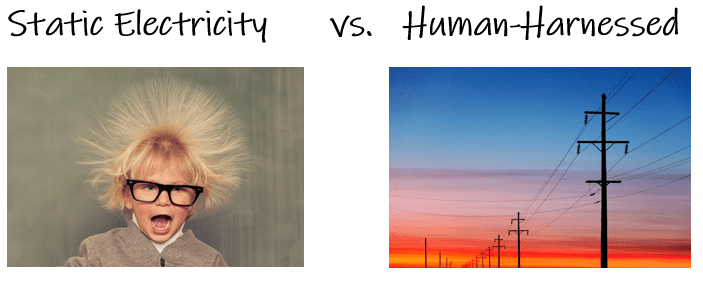physical changes
physical changes
and acquired traits
What is a physical change? Give two examples.
:max_bytes(150000):strip_icc()/physical-and-chemical-changes-examples-608338_FINAL-2-69bf88aa2f774afa8bba8df2ec203e70.png)
A physical change is a change in the form or appearance of a substance without changing its chemical composition.
What is static electricity? What is human-harnessed electricity?
Static electricity is when electric charge builds up on something, like when you rub a balloon on your hair. Human-harnessed electricity is the kind we use in homes and buildings, coming from power plants and wires.
What is the difference between a conductor and an insulator? (Choose the correct answer.)
A) A conductor stops electricity, and an insulator lets electricity flow.
B) A conductor lets electricity flow, and an insulator stops electricity.
C) A conductor and an insulator both stop electricity.
Answer: B) A conductor lets electricity flow, and an insulator stops electricity.
What are cells?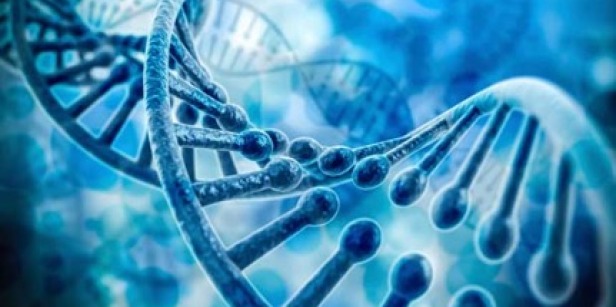
What are cells? Cells are the smallest units of life, and they are the building blocks of all living things.
What is an instinct? What is a learned behavior?
An instinct is a behavior an animal is born with. It happens automatically and doesn’t need to be taught.
Example: A turtle going to the ocean right after hatching and A learned behavior is something an animal learns by watching, practicing, or being taught.
Example: A dog learning to sit when given a treat.
Compare and contrast mixing sand with water versus mixing salt with water. How do their physical changes differ?
:max_bytes(150000):strip_icc()/SaltingWater-58b5a52e3df78cdcd8853736.jpg)
When sand is mixed with water, it does not dissolve; instead, it settles at the bottom. This is a suspension.
How are static electricity and human-harnessed electricity different?
Static electricity results from a buildup of electrical charges on an object, while human-harnessed electricity is the controlled flow of charged particles through a conductor, like a wire
Look at this list: wood, plastic, copper, rubber, and aluminum. Which are conductors and which are insulators?
Conductors: Copper, Aluminum
Insulators: Wood, Plastic, Rubber
What part of the cell helps control what enters and leaves the cell?
cell membrane
What is one way that an instinct is different from a learned behavior? What is one way they are similar?
Different: Instincts happen without teaching, but learned behaviors require training or experience.
Similar: Both are behavior patterns that help animals survive and adapt to their environment.
Design an experiment to test how temperature affects the rate at which salt dissolves in water. What variables would you control, and how would you measure your results?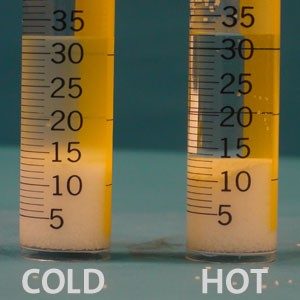
Prepare three beakers with the same amount of water at different temperatures (cold, room temperature, hot). Add an equal amount of salt to each and stir. Measure the time it takes for the salt to fully dissolve.
How do people use static electricity in real life? How do people use human-harnessed electricity?
Answer: Static electricity is used in printers and air purifiers. People use human-harnessed electricity to power homes, businesses, and technology like computers and phones.
You tested a metal spoon and a wooden spoon in a circuit. The light bulb turned on with the metal spoon but not the wooden one. Why?
The metal spoon is a conductor, so it lets electricity flow. The wooden spoon is an insulator, so it stops electricity.
How are microorganisms important?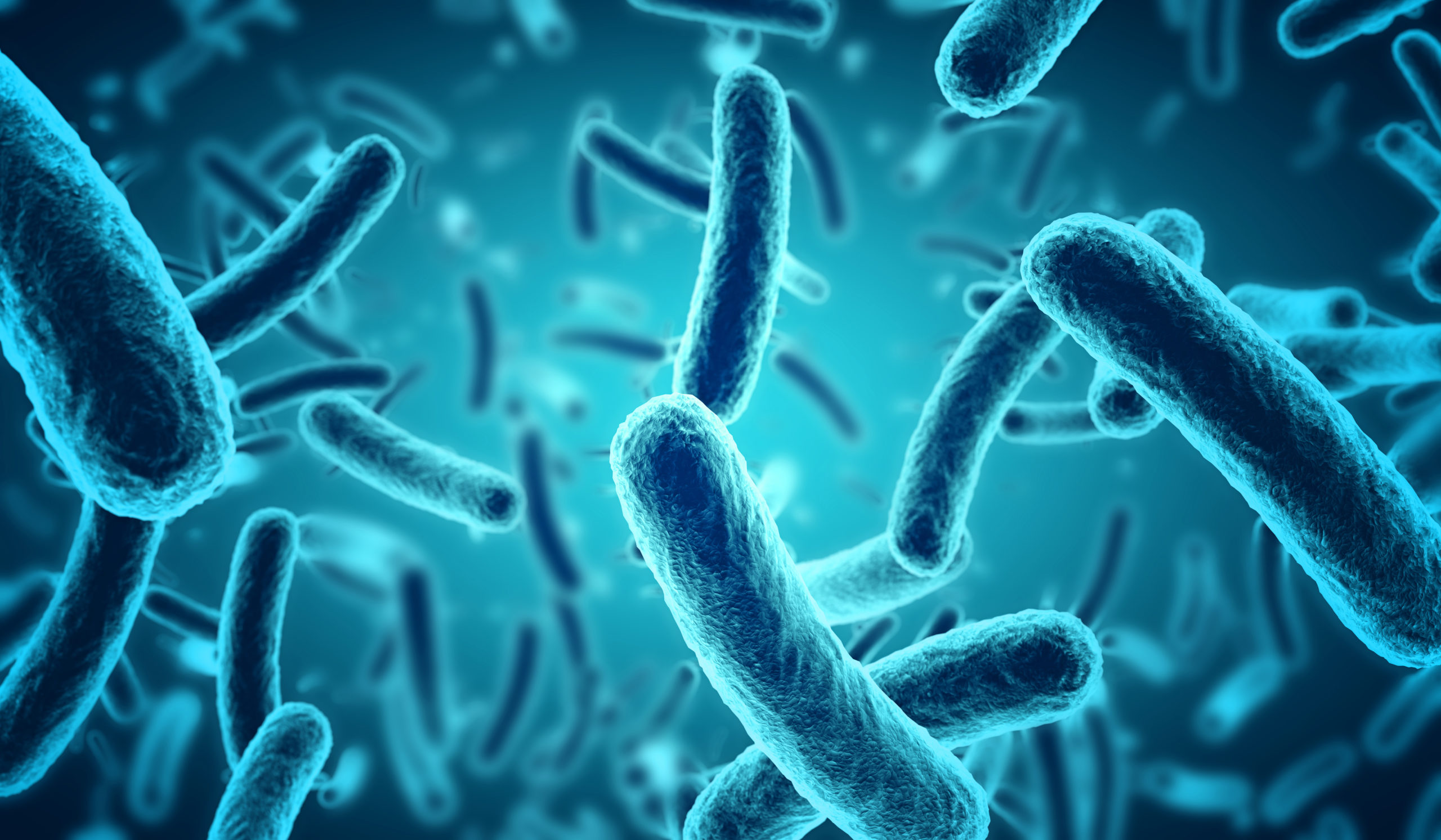
- They play a role in breaking down dead matter and recycling nutrients in the environment.
- They are involved in food production, like yogurt and cheese.
- Some microorganisms can cause diseases, while others are beneficial.
Why do animals need both instincts and learned behaviors to survive in their environment?
Animals need instincts to do important things like breathing, hiding from predators, or finding food right after birth. They need learned behaviors to adapt to new environments or situations—for example, a bear learning which areas have the most food.
Conduct an investigation to determine which factors (temperature, stirring, particle size) affect the speed at which sugar dissolves in water. Analyze your results and explain their real-world applications. Investigation: Test how sugar dissolves in water under different conditions
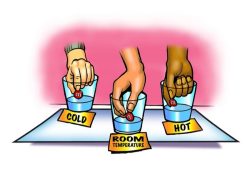
Results analysis:
Sugar dissolves faster in hot water because heat increases molecular movement.
Stirring helps distribute sugar molecules more quickly.
Smaller particles dissolve faster due to increased surface area.
Imagine you are designing a new way to use electricity. Would you use static or human-harnessed electricity? Why?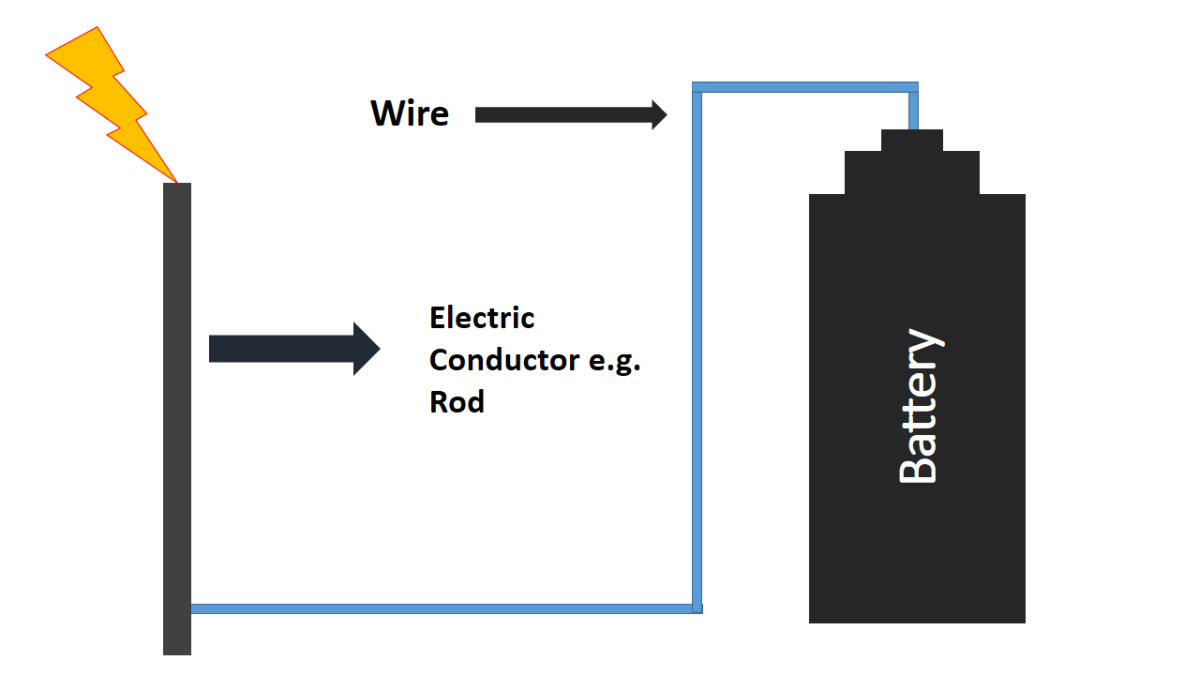
I would use human-harnessed electricity because it is more reliable and can power machines for a long time. Static electricity cannot provide steady energy, so it would not be good for running appliances.
Plan an experiment to test if different objects are conductors or insulators. What materials will you need? What steps will you take?
Gather materials: battery, wires, light bulb, different objects (penny, rubber band, paperclip, plastic spoon).
Connect the circuit with the battery, wires, and light bulb.
Test each object by placing it in the circuit.
Observe if the light bulb turns on (conductor) or stays off (insulator).
Record the results and classify each material.
Design an investigation or multimedia presentation that presents an argument, supported by scientific evidence, showing how microorganisms can be used in environmental cleanup efforts (e.g., oil spill bioremediation).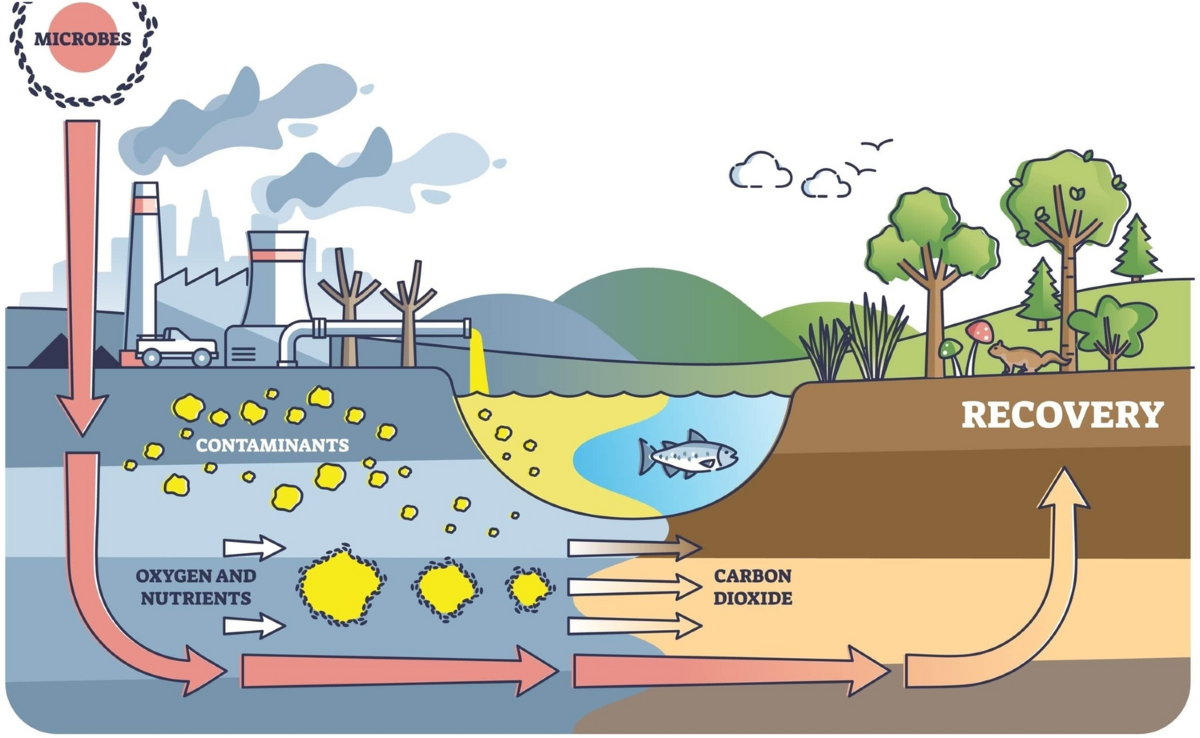
Students could create a video presentation explaining how certain bacteria, like Pseudomonas putida, are used to break down oil in marine environments. The presentation would include data from case studies (e.g., the Deepwater Horizon spill) and interviews or quotes from environmental scientists, showing how these microbes reduce pollution and support ecosystem recovery.
Create an interview with a zookeeper, wildlife expert, or pet owner. Include at least 3 questions about animal instincts and 3 about learned behaviors. Afterward, explain how the answers help you compare and contrast the two types of behavior.
Instincts
What is a behavior your animal does without being taught?
Are all animals of that species born with the same behavior?
How does that behavior help the animal survive?
Learned Behaviors
What is something you taught your animal to do?
How long did it take the animal to learn it?
What tools or techniques helped with training?
Develop a step-by-step procedure for separating a mixture containing sand, salt, and iron filings. Justify why you chose each separation method and how it demonstrates physical changes.
Step 1: Use a magnet to remove the iron filings (magnetism).
Step 2: Add water to the sand and salt mixture. The salt will dissolve while the sand remains.
Step 3: Use filtration to separate the sand from the saltwater solution.
Step 4: Evaporate the water to retrieve the salt.
Justification: Each step relies on a physical property (magnetism, solubility, and evaporation) without changing the chemical composition of the materials.
Write a persuasive argument explaining which type of magnet—permanent or electromagnet—would be better suited for building a new transportation system like a maglev train.
An electromagnet is better suited for maglev trains because it allows for precise control of the magnetic field, enabling smooth acceleration, deceleration, and levitation. Permanent magnets, while always magnetic, do not allow for real-time adjustments, which are necessary for safe and efficient transportation. Additionally,
Construct an argument using scientific evidence to explain how both constructive and destructive processes have interacted to shape a well-known surface feature, such as the Grand Canyon or a volcanic island. How do these processes continue to shape the landscape over time?
Constructive forces, like tectonic uplift, raised the plateau, while destructive forces, primarily the erosion of the Colorado River, carved the deep canyon. This ongoing interplay continues to shape the landscape through further erosion and occasional deposition.
Develop and defend a position on the use of probiotics in food, incorporating current scientific studies and opposing viewpoints.
support the use of probiotics in food because multiple studies show that they improve gut health and immune response. For example, a 2022 study published in Nature Reviews Gastroenterology & Hepatology found that probiotics reduced symptoms of IBS in 60% of patients. Opponents argue that not all probiotic products are effective due to strain variability and lack of regulation. However, when used correctly, probiotics can be a valuable addition to a healthy diet.
Create a model (chart, poster, or slideshow) that shows how animals are sorted into vertebrates and invertebrates, and how vertebrates are sorted into 5 groups. Explain your choices.
Animal Classification Model
Explanation:
I sorted animals into two big groups first: vertebrates and invertebrates. Then I looked at the vertebrates and sorted them again based on body features. For example:
A frog goes in amphibians because it has moist skin and lives on land and water.
A parrot goes in birds because it has feathers and lays eggs.
A spider is an invertebrate because it does not have a backbone.
